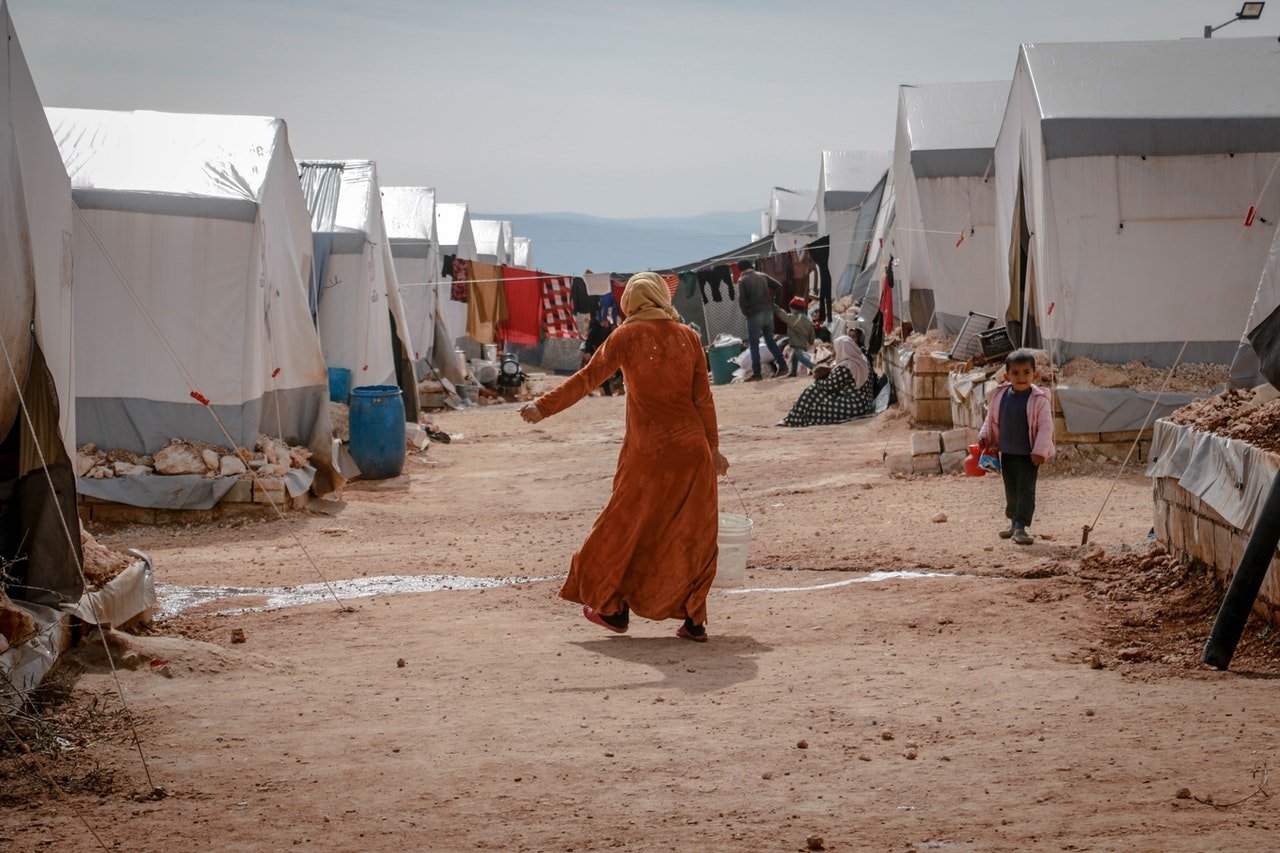Browse Our Collection of Briefs
Sort by Location
Search by Author Name or Keyword
Inadequate Healthcare for Women in the United States
In an analysis that extracted data from the year 2022, the United States was the leading country in maternal mortality out of thirteen high-income nations, with an average of 22 maternal deaths per 100,000 live births.
Son Preference in India
Around 142 million women and girls went “missing” in the world due to son preference and sex-selective abortion between 1970 and 2020—India accounted for 40.3 million of these women.
Barriers to Family Planning for Women in West Africa
While challenges regarding contraception and family planning exist throughout West Africa, progress has been made as various actors have implemented best practices to address the barriers that hinder the safety of women.
Obstetric Fistulas in Sub-Saharan Africa
A combination of inaccessible maternal health care in rurality, distrust of medical facilities, and adolescent pregnancy are the main reasons for the persistence of obstetric fistulas in modernity.
Lack of Women in Federal Level Politics in the United States
The disparity between the female population and female representation in government demonstrates the barriers that hinder gender equality in political leadership
The Underreporting and Dismissal of Sexual Assault Cases Against Women in the United States
It is estimated that less than 1 out of 3 sexual assaults are reported every year
Lack of Women in Government in the MENA Region
The MENA region has not had the opportunity to have a significant influence from women in government positions and can benefit from a gender-balanced government.
Period Poverty in the United States
Period poverty, or the lack of information and education about menstruation as well as access to menstrual products, in the US affects all menstruators but especially those who are low-income, homeless, in college, imprisoned, or transgender.
Postpartum Depression among Adolescent Mothers in the United States
Postpartum depression causes mothers to withdraw from loved ones, feel numb or disconnected from their baby, worry that they will hurt their baby, and feel guilty about not being a good mom.
Inadequate Maternal Health Care for Women in the United States
Accessibility barriers, the expense of care, and gender biases in medical establishments all influence the inadequacy of maternal care in the United States.
Violence Against Refugee Women in the MENA Region
Refugee women experience violence during all stages of their migrant journey from a variety of perpetrators including intimate partners, fellow refugees, smugglers, border police, security forces, and refugee camp staff.
Lack of Access to Maternal Healthcare in Sub-Saharan Africa
Sub-Saharan Africa currently has the highest neonatal mortality rate in the world at 27 deaths per 1,000 live births.
Food Insecurity among Women in Uganda
When Ugandan women lack sufficient food, their households are frequently subjected to enduring poverty, malnutrition, sexual risk, and familial problems like abuse.
Intimate Partner Violence against Women in Uganda
Intimate partner violence is a major problem throughout the world but particularly in sub-Saharan African countries such as Uganda.
Maternal Mortality among Black Women in the United States
The US maternal mortality rate is higher than other wealthy countries because of the disproportionately high maternal death rate of Black women in the US.
Lack of Menstrual Hygiene Management Among Women and Girls in East Africa
Lack of menstrual hygiene management often leads girls to perform poorly at school, reducing educational opportunities for girls.
Lack of Female Representation in Peace Processes in the MENA Region
Women are included in peace talks in the MENA region at very low rates; they made up less than 35% of negotiators and were mentioned in only 20% of provisions in the last 30 years.
Educational Disparities Among Girls in India
The average female literacy rate throughout the world is 79.9%, while for men it is 89.2%. India lingers behind at 62.3% for women as compared to 80% for men.
Sexual Violence Against Female College Students in the United States
Sexual violence on campus is still an issue that affects as many as 1 in 4 female undergraduate students.
Gender-Based Violence Against Women in South Africa
The female homicide rate in South Africa is roughly 24.6 per 100,000 population—nearly six times the global average.




















